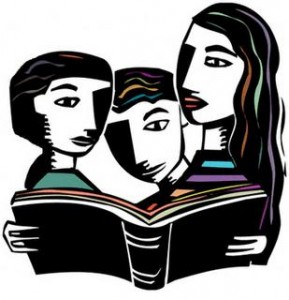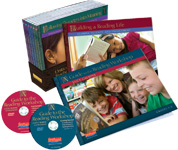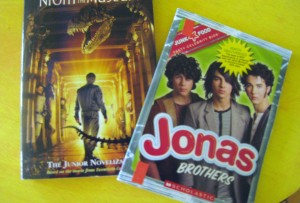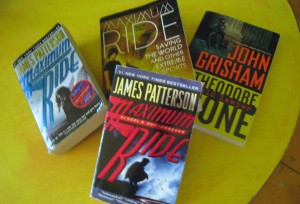 Jeff Wilhelm tells us in Improving Comprehension with Think-Aloud Strategies that “Students who did not intensely visualize and participate in “story worlds” did not engage with the text in other dimensions. In other words, if we don’t help kids to visualize settings, characters, and action, then they will not be able to reflect on story action, the ways the story was constructed, what the story means, the author’s purpose and perspective, and a lot of other things that expert readers of narrative do (p. 31).
Jeff Wilhelm tells us in Improving Comprehension with Think-Aloud Strategies that “Students who did not intensely visualize and participate in “story worlds” did not engage with the text in other dimensions. In other words, if we don’t help kids to visualize settings, characters, and action, then they will not be able to reflect on story action, the ways the story was constructed, what the story means, the author’s purpose and perspective, and a lot of other things that expert readers of narrative do (p. 31).
I think visualizing is just as important in non-fiction reading. Think about the directions to just about anything–will you have success if you don’t visualize?
We need to model visualizing like we do anything else. I start by modeling my visualization by sketching on the white board while I read a passage out loud. I explain that we don’t need to spend a lot of time on our sketches, but we do want the movie in our mind to be as well “drawn” as we can. I model how I change my movie as I read more and have more details and how sometimes I discover that I’ve made an error in my visualization–like when I’ve drawn a little red wagon instead of the covered wagon the author wrote about.
Model and then give students lots of chances to sketch their visualizations. Once students can communicate their visualizations using sketches and dialogue balloons, I often use these sketches to assess understanding and correct misunderstandings.






